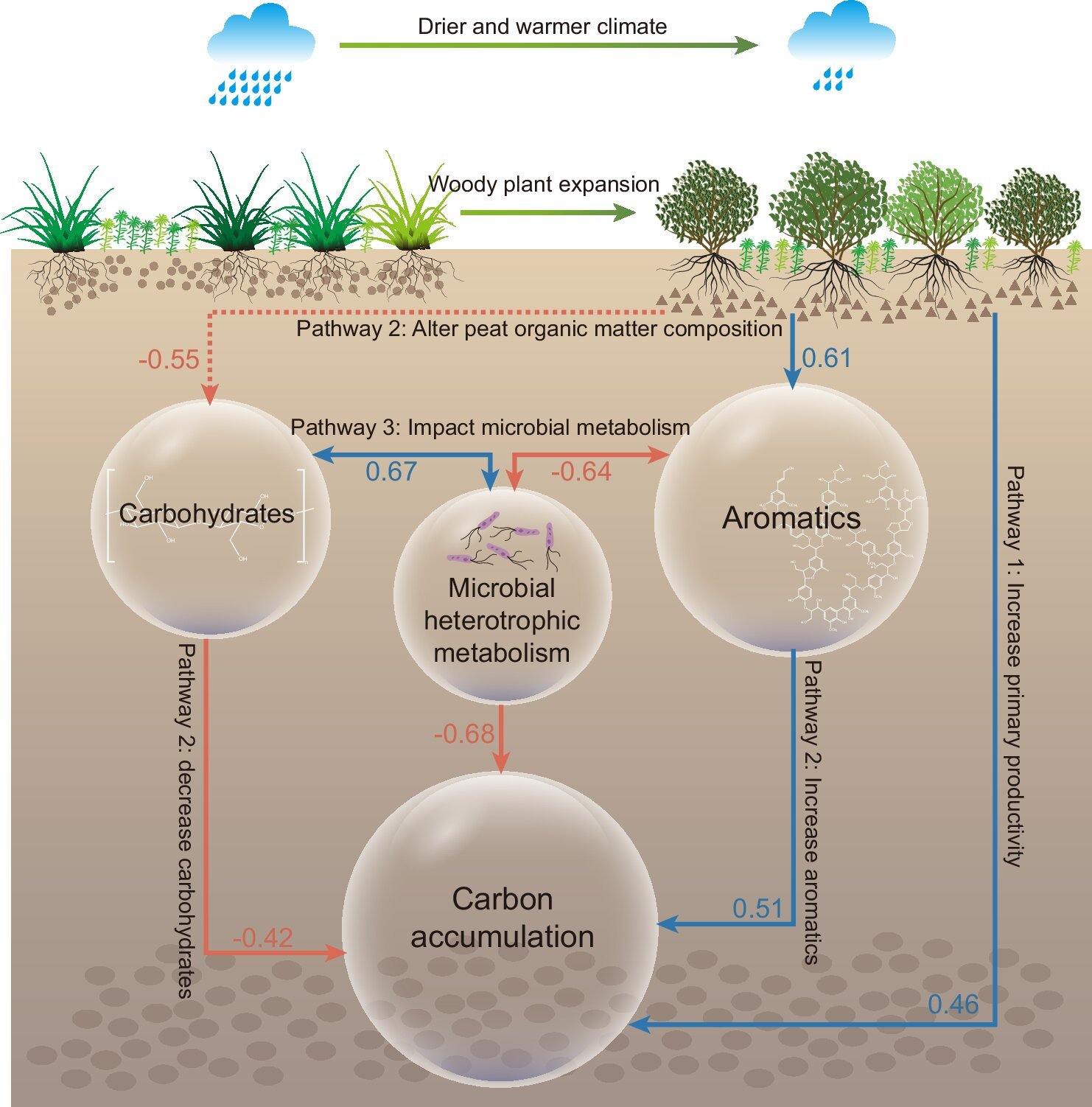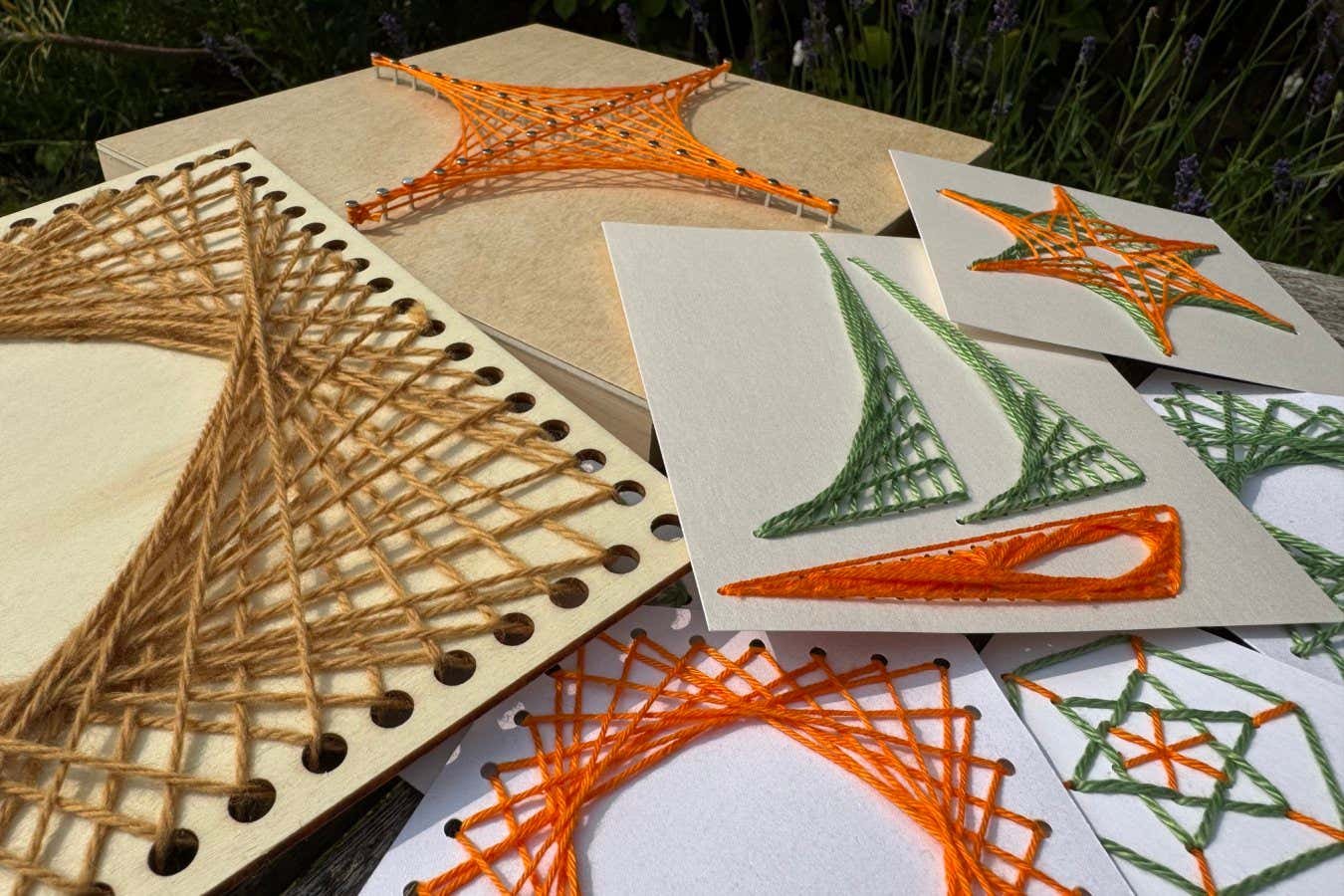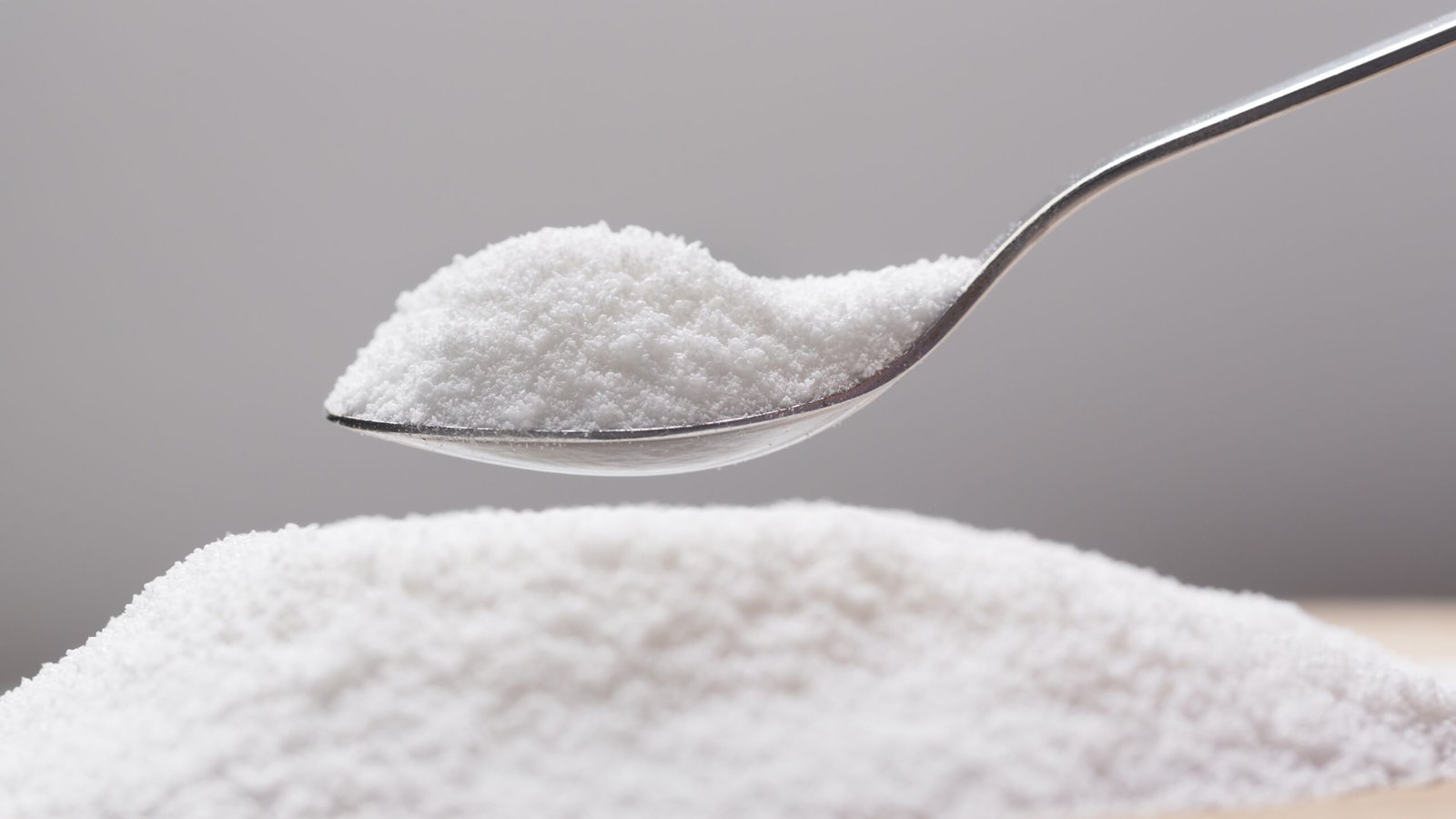
As the climate warms and regional drying becomes more frequent, peatlands—some of the planet’s most important carbon sinks—are increasingly under threat. But a study led by an international team including scientists from the University of Bristol has shown peatland ecosystems may have a natural defense through the combined forces of plant changes and microbes.
The research, published in the journal Nature Communications, shows that during historic periods of drying, the growth of woody plants in a subtropical Chinese peatland improved the quality of organic matter and suppressed decomposing microbial activity. This plant–microbe cooperation helped safeguard carbon stores at a time when they might otherwise have been lost to the atmosphere.
Lead author Dr. Yiming Zhang, senior research associate at the University of Bristol, said, “Woody plants didn’t just survive in a drying climate—they helped build resilience. Their inputs made the peat more chemically resistant to breakdown, and in response, microbes adjusted their metabolism, reducing the rate of carbon loss. It’s a surprising natural feedback we didn’t fully appreciate before.”
Using a combination of plant macrofossil analysis, microbial lipid biomarkers, and compound-specific carbon and hydrogen isotope techniques, the team reconstructed the past 14,000 years of ecological change in the Zhaogongting peatland in southern China.
The researchers found that during a mid-Holocene drying phase, dating back 8,000 to 6,000 years ago, woody plants rapidly expanded, replacing grasses while continuing to coexist with mosses. This vegetation shift altered the composition of peat organic matter. Carbohydrates became less abundant, while aromatic compounds increased, resulting in a transition towards a more intractable carbon pool.
In response, microbial communities showed signs of suppressed heterotrophic (where an organism eats organic remains from other plants or animals for energy and nutrients) activity and possibly shifted towards more autotrophic (where an organism makes its own food) modes of metabolism.
Findings showed these combined changes contributed to a striking peak in carbon accumulation during the drying period, with rates nearly three times higher than in other periods.
Co-author Prof Rich Pancost, professor of biogeochemistry at the University of Bristol Cabot Institute for the Environment, said, “Peatland vegetation is highly susceptible to climate change. This work reveals how that can significantly affect the composition of organic matter and its reactivity. By extension, it reveals the complexity of the positive and negative feedbacks between climate change, ecological responses and carbon cycling.”
Co-author Prof Angela Gallego-Sala, a biogeochemist at the University of Exeter, added, “We know peatlands are resilient ecosystems that have persisted over millennia, with some really unique in-built hydro-ecological feedbacks. But this work presents evidence of a new, previously unknown, process that protects peatlands under warmer, drier conditions, with important implications for the fate of peatlands under current climate change.”
The study, however, also highlights that it is likely this protective plant–microbe feedback has limits.
Dr. Zhang, who also conducted this research in his previous role as a postdoctoral researcher at China University of Geosciences, in Wuhan, said, “The expansion of woody plants does not indefinitely enhance carbon storage and there may be ecological thresholds beyond which peatlands shift into fundamentally different ecosystems, potentially triggering renewed carbon loss.”
Further research is needed to better understand how peatland ecosystems respond to climate-driven transitions, particularly in the tropics and in degraded landscapes. The Climate, Energy and Carbon in the Earth System (CERES) team, led by Prof Rich Pancost, is investigating how microbial processes and carbon cycling operate in these vulnerable systems.
More information:
Yiming Zhang et al, Microbial responses to changing plant community protect peatland carbon stores during Holocene drying, Nature Communications (2025). DOI: 10.1038/s41467-025-62175-1
Provided by
University of Bristol
Citation:
Ancient alliance between woody plants and microbes has potential to protect precious peatlands (2025, August 4)
retrieved 4 August 2025
from https://phys.org/news/2025-08-ancient-alliance-woody-microbes-potential.html
This document is subject to copyright. Apart from any fair dealing for the purpose of private study or research, no
part may be reproduced without the written permission. The content is provided for information purposes only.




